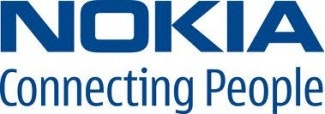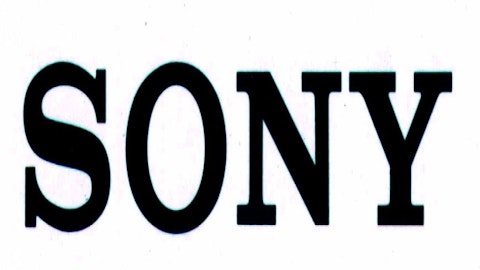In the early 2000’s, consumers were excited about a camera that could take more photos than the standard 30 on a roll of film. Soon, traditional film cameras could only be found in basements and garage sales while digital cameras took off.
Today, 1.6 trillion photos are taken annually, compared to around 100 billion in 2000, a 16-fold increase. Now just a decade after the last transformation, we’re seeing another: a shift to smartphones.
Down goes the point-and-shoot
Since the dawn of the digital era, the most popular cameras have been small, affordable “point-and-shoot” models. Most Americans didn’t need anything more than a camera that could take a photo good enough for family albums, and these cheaper cameras do the trick.
The problem for camera companies is this: now smartphone’s take good pictures too. Why would consumers spend on a camera when their smartphone does everything a camera can do and more? These days, many consumers aren’t concerned with photo albums; they’re concerned with social media like Facebook Inc (NASDAQ:FB) and Instagram. Smartphones can upload high-quality pictures directly to these web applications.

We’ll have to wait and see how the phone performs, but Nokia Corporation (ADR) (NYSE:NOK) is confident that Lumia sales will continue to rise. In the first quarter, sales of the smartphone were up 27% sequentially.
The effects
As consumers switch to smartphones, camera makers are feeling the pain. In the first five months of 2012, camera shipments plunged 42%, spelling disaster for companies like Canon Inc. (ADR) (NYSE:CAJ), the world’s largest camera firm.
Recently, Canon Inc. (ADR) (NYSE:CAJ) lowered its earnings outlook for 2013 by 10%, to $2.6 billion. The Japanese firm also further lowered its compact camera shipments outlook to just 14 million, down from the initial forecast of 17 million. A weak yen is helping offset some of Canon’s problems, but the firm knows that relying on currency fluctuations isn’t a solid long term strategy.
To make matters worse, 23.2% of Canon Inc. (ADR) (NYSE:CAJ)’s sales come from Asia and Oceana (not including Japan), an area where smartphones haven’t yet achieved large scale penetration. When this market is saturated with smartphones in coming years, I think compact camera sales will fall even further.
Now what?
I don’t think there is any upside for camera manufacturers in the point-and-shoot industry. The market shifted, and phones took over. The fact is, smartphones take the same or better photos as small digital cameras. Camera companies need to ask the question: what is our competitive advantage?
I think Canon Inc. (ADR) (NYSE:CAJ) and competitors like Sony Corporation (ADR) (NYSE:SNE) can survive only if they focus on places in the market where smartphones can’t go: higher-end cameras. No matter what happens, smartphone makers can’t compete in the high-end camera industry, and I don’t think they want to.
Sony Corporation (ADR) (NYSE:SNE) is already embracing this thinking as the firm said it would target higher-end consumers with an overhauled version of its premium compact camera. The new RX series cameras will have the largest sensor available in a compact model. But performance isn’t cheap, and the camera will cost around $2,800.
Sony Corporation (ADR) (NYSE:SNE) is in a unique position due to the fact that the firm makes sensors that go into many smartphone cameras that compete with Sony’s digital line. But this is another reason for Sony to move out of the low-end camera market and invest in pricier offerings.
In Canon Inc. (ADR) (NYSE:CAJ)’s case, the firm’s popular interchangeable lens cameras should become the unquestioned center-piece of the company. Already, Canon seems to be moving in that direction as Canon strategist Mitsuo Matsudaira said that Canon will focus on finding ways to encourage consumers to upgrade on a more regular basis. Matsudaira hopes to shorten the replacement cycle by finding ways to give these cameras “higher value,” possibly by lowering the price.
This high-end strategy may seem risky, but I don’t think camera companies have a choice.
Bottom line
Point-and-shoot cameras are dead. Firms like Canon Inc. (ADR) (NYSE:CAJ) and Sony Corporation (ADR) (NYSE:SNE) shouldn’t waste money trying to compete in the industry. They should instead focus on their competitive advantages – things that separate their products from smartphones.
Still, in the meantime, the compact camera decline will have a negative effect on camera companies’ stock prices. At least in the near term, camera stocks are a sell.
This industry is shifting. Don’t miss it.
This article was written by Randy Holcombe and edited by Chris Marasco. Chris Marasco is Head Editor of ADifferentAngle. Neither has a position in any stocks mentioned.The Motley Fool has no position in any of the stocks mentioned.
The article The Death of the Point-and-Shoot originally appeared on Fool.com.
Copyright © 1995 – 2013 The Motley Fool, LLC. All rights reserved. The Motley Fool has a disclosure policy.



